
Archives
Contribute
| India Classical Period (700BCE To 200BCE) – Science And Technology |
Bijoy Misra
04/22/2021
India Classical Period (700BCE to 200BCE) – Science and Technology The principal scientific contribution of Indian scientists during the period was the identification of mind as an object separate from the body. It was enunciated that human mind acts as the custodian of human health and conduct. While encyclopedic treatises were composed on ailments, symptoms, cures, therapy, herbal treatment and surgery, a cheerful mind was determined to be a prerequisite to good health. The principle called Ayurveda remained the mainstay of Indian medicine for more than two thousand years. The physician Sushruta is known to have a full medicine lab and a full surgical facility. Some of the surgical tools are illustrated in Figure 1. Figure 1. Surgical tools recreated from Sushruta description (from Wikipedia) The production of speech was determined to be an attribute of the mind. Speech sound was considered as an indicator of the state of mind and hence the state of health. Human emotion was analyzed and its effect on the physiology was studied. While they had anatomical roots, the findings were used in the compilation of text of gestures and tones in the ancient world. The book NÄá¹yaÅ›Ästra (Track II above)) produced by the end of the period remains the most authoritative manual documenting the effect of emotion of human body. Along with the book of prosody was compiled to document the effects of emotion on the voice. Created as a manual to be used in ritual services, the science of prosody remains to fully deciphered. The mathematician Pingala is considered the father of Indian music (Figure 2). Figure 2. The statue of Pingala from Gandhara, Pakistan The other important contribution of significance was the discovery of phonetic rules in creating the structured language, Sanskrit. Founded on sixty-four phonetic syllables (Track III above), the grammarian Panini (Figure 3) determined the built-in biological rules of composing words and phrases. He tried to find the etymology of words through generalized principles of roots and suffixes mapping the realm of human communication into grammatical rules. This massive work named Aá¹£á¹ÄdhyÄyÄ« and its sister book of synonyms called Nirukta by Yaska are the only books of words and grammar from the ancient world. Figure 3. Picture of Panini from a postage stamp issued by the Government of India. Astronomical work proceeded through celestial observations and understanding the sky maps as a function of months and seasons. Constellations were known as static objects while a local sky of planets and moon were assumed to affect the events on earth. Detailed astrological calculations led to the development of geometry, sine functions, projections and algebra. The number system was known but the numeric symbols are not seen. Shadows and water clocks were used for time measurement (Figure 4) and human hair and finger widths were takes as units of length measurement. Human aptitude for engagement was classified into four categories stressing the dignity of work. The political science enunciated by Kautalya (Figure 4) (sometimes written as Kautilya, also known as Chanakya) remained the official statecraft for two thousand years. It created social stability leading to opulence and prosperity. Technological innovations were achieved through family training and private economy. Excellent artisan work in stone carving, pottery, jewelry and textiles were produced. Stone monuments of the period do continue to shine till today (Track II). Figure 4. Economist Kautalaya (Chanakya), reconstructed image from Wikipedia. Carpentry flourished and there are literary references of wooden buildings and palaces. Brick making using special iron mixed clay did help create structures that stood the test of time. Dark stained pottery developed. Special technique was used to mix carbon to iron smelting by using forest material as fuel Figure 5). Rust proof iron was major innovation in Indian technology. Massive boats were created that plowed in the rough seas. Ocean navigation with maritime trade became the hallmark for the period (Track I above). Figure 5. Iron smelting in India round 700BC (reconstructed by Indian National Science Asdemy) Chemistry of distillation, desiccation, heat treatment and oxidation through burning were in operation. Oil pressing was known as also extracting oil from the flowers for creating fragrance. Textile weaving was advanced and silk was created for export. A reconstructed model of the dress and attire of a man and a woman are shown in Figure 6. Figure 6. An artistic sketch of a dressed Indian couple around 300BC References: Dr. Bijoy Misra serves as the President of India Discovery Center and leads the Science and Technology track in the project on "Evolution of Indian Culture: Pre-history to 1947AD" More information and updates on the project are available at https://www.facebook.com/Evolution-of-Indian-Culture-An-IDC-Project-107749391111922 More information on India Discovery Center is available at https://www.indiadiscoverycenter.org (c) Copyright 2021 India Discovery Center, Inc. All rights reserved.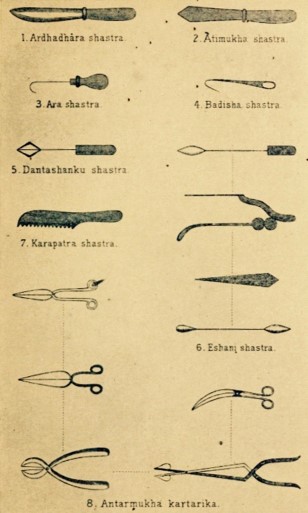
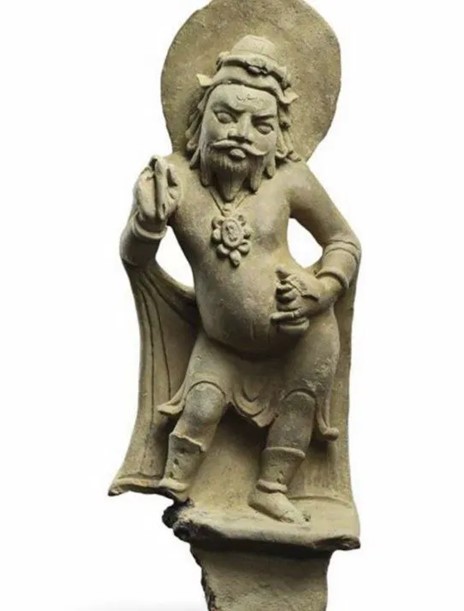
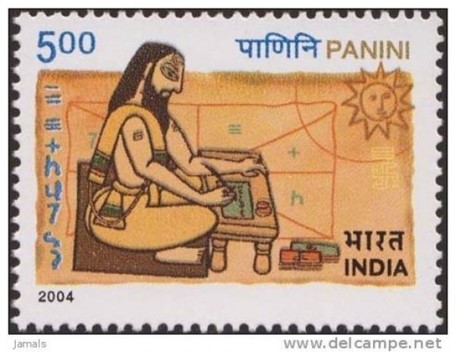
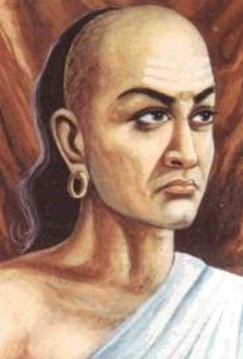
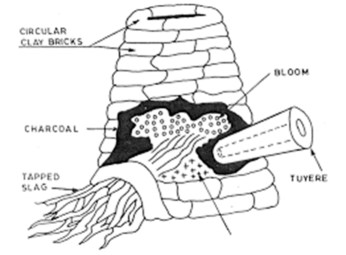
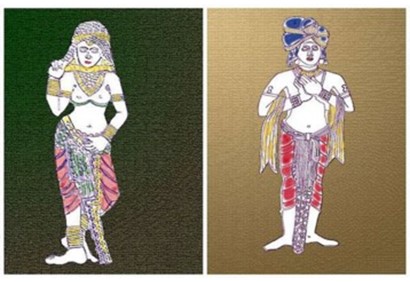
2. History of Ancient and Early Medieval India: From the Stone Age to the 12th Century – Upinder Singh, Pearson Education, Delhi, 2009.
3. Sushruta Samhita - http://sushrutaproject.org/
4. Ashtadhyayi - https://archive.org/details/ashtadhyayitrans06paniuoft
5. Chhandashastra - https://en.wikipedia.org/wiki/Sanskrit_prosody
6. ArthaShastra - https://en.wikipedia.org/wiki/Arthashastra
7. A Concise History of Science in India – Edited by D.M.Bose, S.N.Sen, B.V. Subbarayappa, Orient Black Swan, 2009.
You may also access this article through our web-site http://www.lokvani.com/






